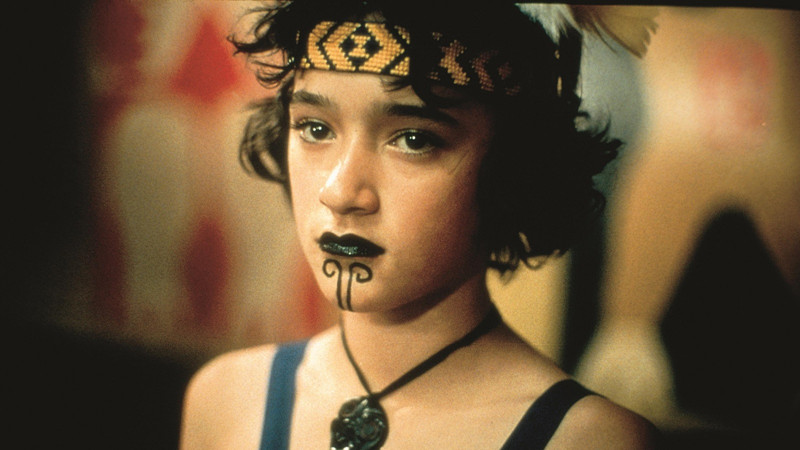
What makes a movie beautiful? Some films gain recognition for the inherent beauty in their subject matter, such as sprawling landscapes or majestic movements of wildlife, while other films make aesthetic use of more unsightly subject matter by transforming things like death and decay into art using cinematic technique.
Though an undeniably subjective metric by which to judge a piece of art, beauty in cinema can be distilled into some less nebulous parameters such as framing, lighting, color coding, blocking, and set design to name a few. While some may argue that beauty is an aesthetic phenomenon, there is a strong case to be made that the beauty found in movement, lighting, and composition lends itself to the subject matter and has the potential to bring depth and complexity to the thematic elements of a film.
1. Cold Souls (2009)
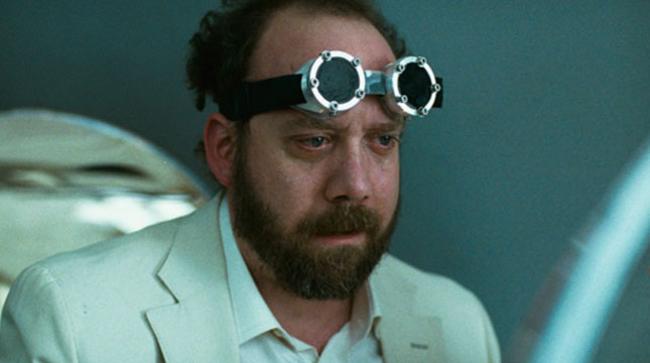
Cold Souls stars an anxiety-ridden Paul Giamatti who plays an actor, who is a fictionalized version of Giamatti himself, with his mind set on deep freezing, and ultimately trying to recover his soul. It is simply but beautifully shot, using color grading and blocking dexterously. The cold bureaucracy of the soul-freezing business manifests in the light blues and stoic grays cast by fluorescent lights of anxiety-inducing offices and clinics. The presence of the warmth and comfort of human relationships is demonstrated by the softer, sepia lighting of a few quaint, incandescent lamps.
In the same vein, Giamatti is often shown sharing frames with the soul doctor, played by David Strathairn, but when conversing with his wife Claire, played by Emily Watson, with whom his relationship becomes more and more strained as the film progresses, they both occupy frames in increasing solitude. The film also makes use of slow, sweeping shots throughout; the camera gives the audience information in strides. This coupled with the close shots of small, frantic movements of human and machine, the camerawork reinforces the anxious intake of and fixation on cinematic happenings. A particularly striking piece of cinematography occurs on a plain white set piece, with Giamatti and a small child being the only interruptions on a completely blank landscape.
2. Is the Man Who Is Tall Happy?: An Animated Conversation with Noam Chomsky (2013)
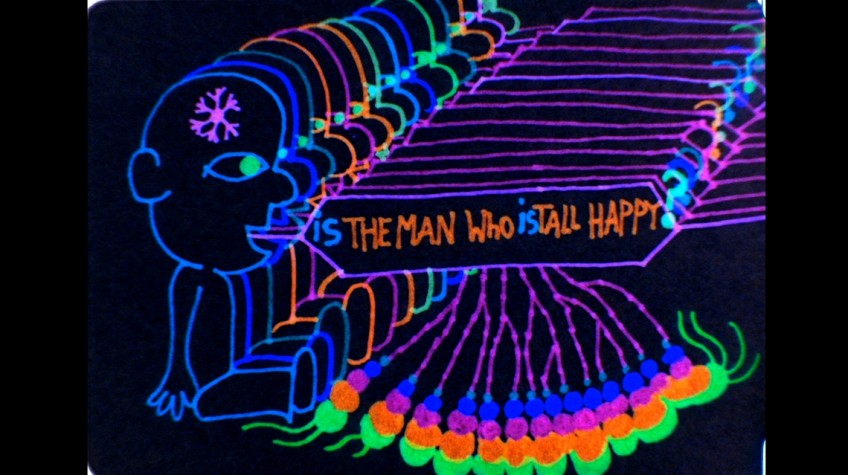
Is the Man Who Is Tall Happy?: An Animated Conversation with Noam Chomsky is a 2013 animated documentary by Michel Gondry featuring renowned linguist, philosopher, and anarchist Noam Chomsky. On a very plain level, the animation of the film is nothing short of mesmerizing. Gondry makes use of somewhat simple animation, employing a sort of sketch style with neon bright colors and words, often over a plain black background.
Visually striking and seamlessly engaging, the film’s beauty is not limited to its interaction with the viewer’s eye, however. There is a subtle grace to the way the titular conversation dictates the flow of the animation; the frames unfold in real time with the contents of the interview as if the animation is in conversation with the conversation itself. While many documentaries make use of interview footage in a formulaic fashion, displaying the interviewee on camera as they profess their story, Gondry highlights the abstract and theoretical nature of Chomsky’s work by infusing these qualities into his visual representation of the subject matter.
3. Shigatsu no Nagai Yume [Summer Blooms] (2017)
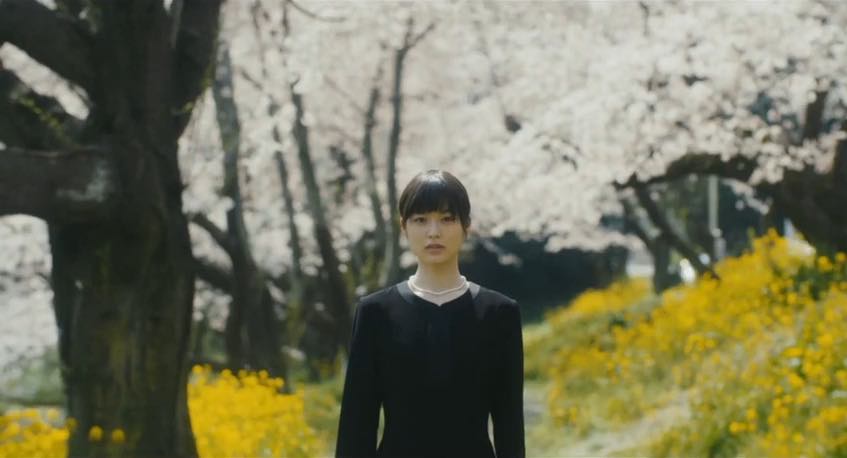
Shigatsu no Nagai Yume, or Summer Blooms, is a Ryûtarô Nakagawa film centering on a student and a teacher’s relationship years after they have moved on from teaching and attending school. Tackling the topics of suicide, grief, abuse, and love, the movie makes ample use slow shots, savoring the emotional gravity of character interactions. Close shots bring intimacy to the narrative, and the use of natural and soft lighting creates a dreamy and melancholy atmosphere in which the characters can ruminate on their emotional burdens brought on by the trials of life.
Whether the composition is made up of hands, houses, or people, the deliberate presence of balanced shots creates a sense of interconnectedness and precarity between characters. As the narrative centers on people and their struggle to coexist, the camera quite literally places humans in the middle of the frame, whether it is a single person or two people together. All of these are choreographed with care to create a subtle but intense unfolding narrative. Sorrow and heartache tie the fates of characters together, and the cinematography and direction of the work brings a sadness to the framing and movement that allows the narrative to breathe.
4. Koyaanisqatsi (1982)
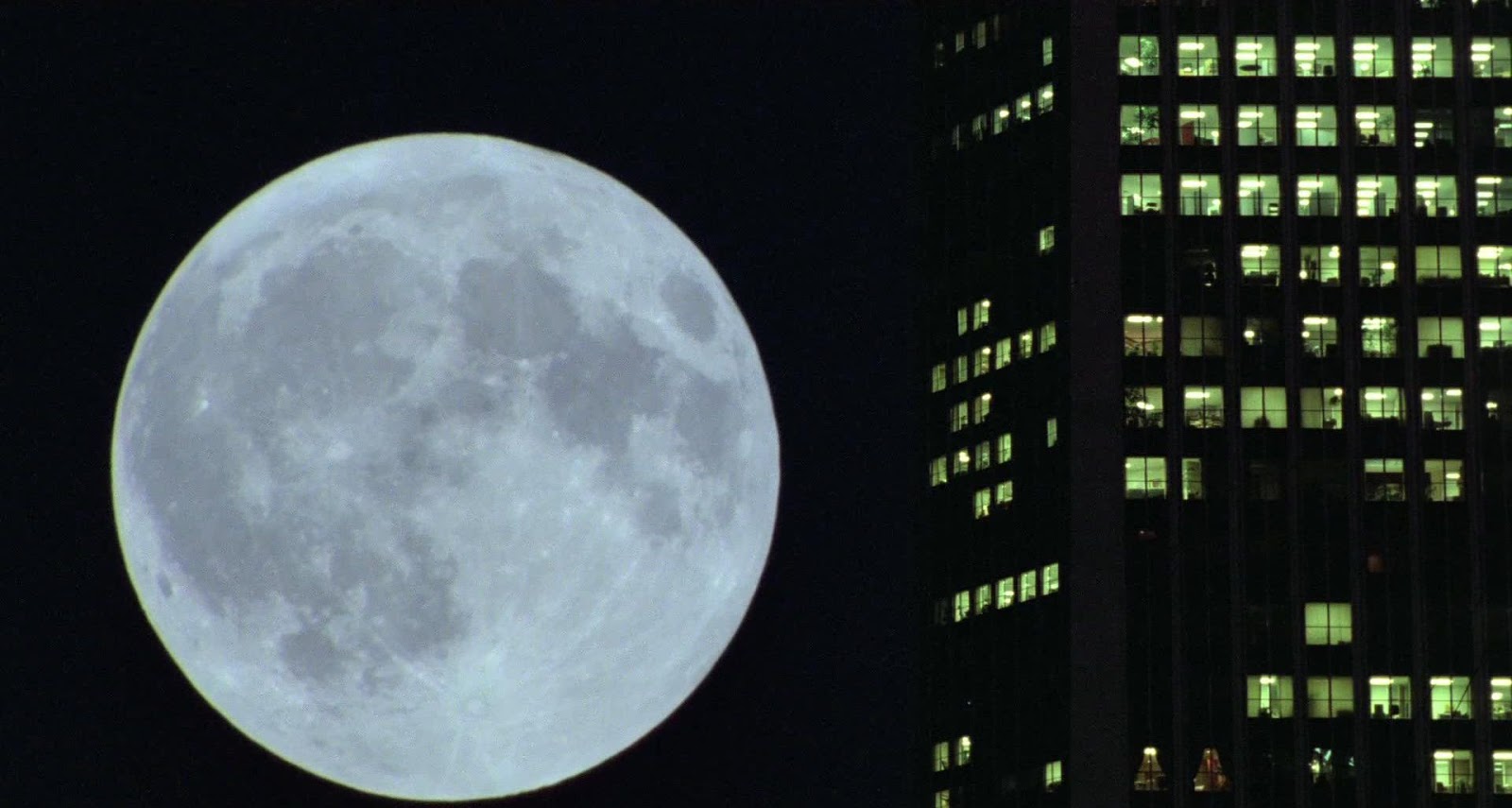
Also known by the name Koyaanisqatsi: Life Out of Balance, Koyaanisqatsi is Godfrey Reggio’s 1982 experimental film. With no narration or dialogue, the film is a pure meditation on a collection of images. Reggio, along with cinematographer Ron Fricke, give the landscapes and scenes they shoot full agency in conveying their own beauty. Time lapses are frequently used as a means of showing the progression of the day, the movement of clouds and of people, and the ever evolving interactions of light and movement in various landscapes.
Set to a hypnotic Philip Glass soundtrack, the film functions less a narrative piece than a visual collage. The footage is edited at a steadily loping pace, allowing for the viewer to find patterns in unlikely places, whether they are looking in the refracted heat lines emanating from a passenger plane, the window panes of a skyscraper, or the billows of smoke from an exploding rocket. Koyaanisqatsi, a hopi translation of “life out of balance”, respectfully gives the stage to images and allows them to speak for themselves. The beauty one finds in the unadulterated scenes of industrialized life is abundant.
5. Y Tu Mama Tambien (2001)
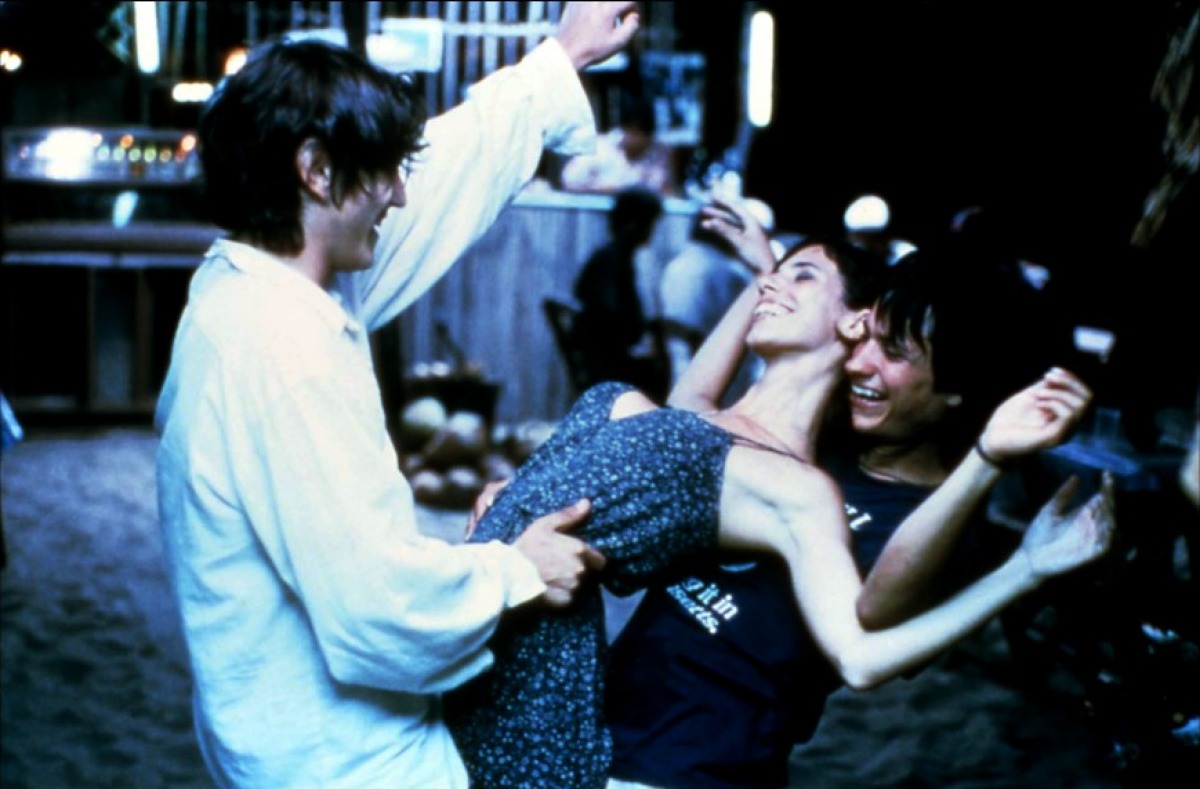
Alfonso Cuarón’s 2001 Y Tu Mama Tambien, a road film starring Diego Luna, Gael García Bernal, and Maribel Verdú is a film that makes ample use of its setting to create a beautiful cinematic experience. Cuarón uses the sprawling landscape of Mexico to elucidate its themes of isolation, adolescence, intimacy, economic disparity, and the tensions of maintaining one’s social status. The unflinching shots of blue skies, meandering roads, and vast ocean lend a magical wistfulness to the film that strengthens and brings into relief the underlying aura of sadness and tension throughout the film. Three-shots and two-shots are also used throughout the film to display the sometimes uneven reality of the intimate relationships between the three main characters.
Shot with a handheld camera, the film also makes substantial use of natural lighting and minimal technological interference as a complement to the heavy reliance on improvisation in the script. The beauty of Y Tu Mama Tambien is in its hyper-realistic portrayal of people, landscapes, and relationships. Cuarón allows these elements of the film to unfold naturally on camera as opposed to artificially manufacturing them with scripted dialogue or studio lighting.